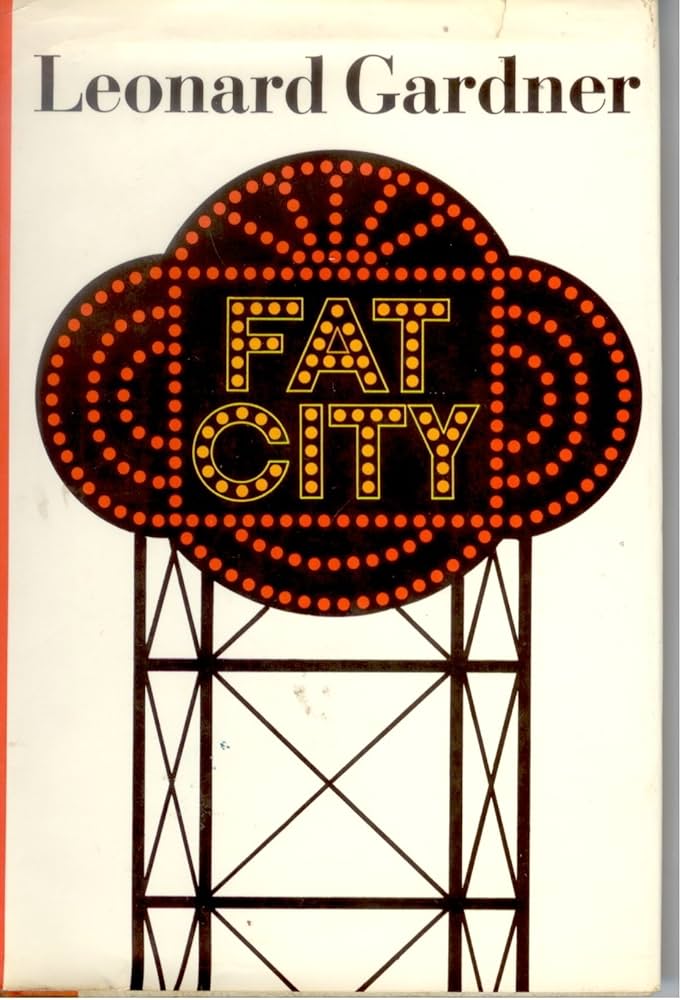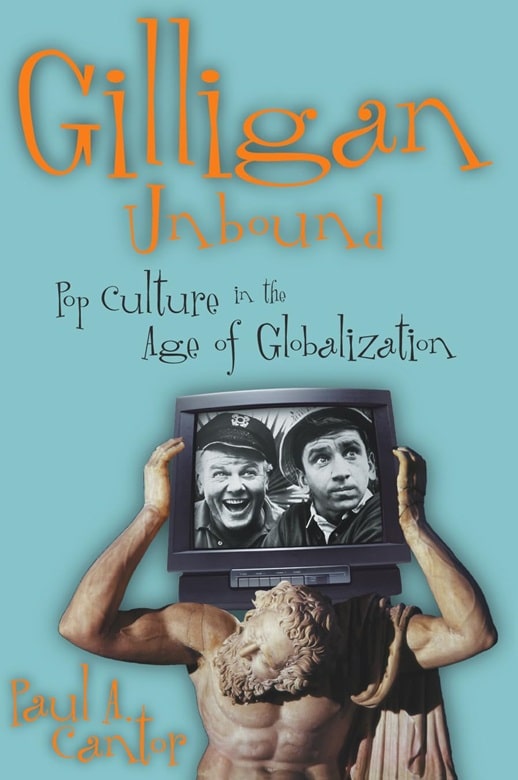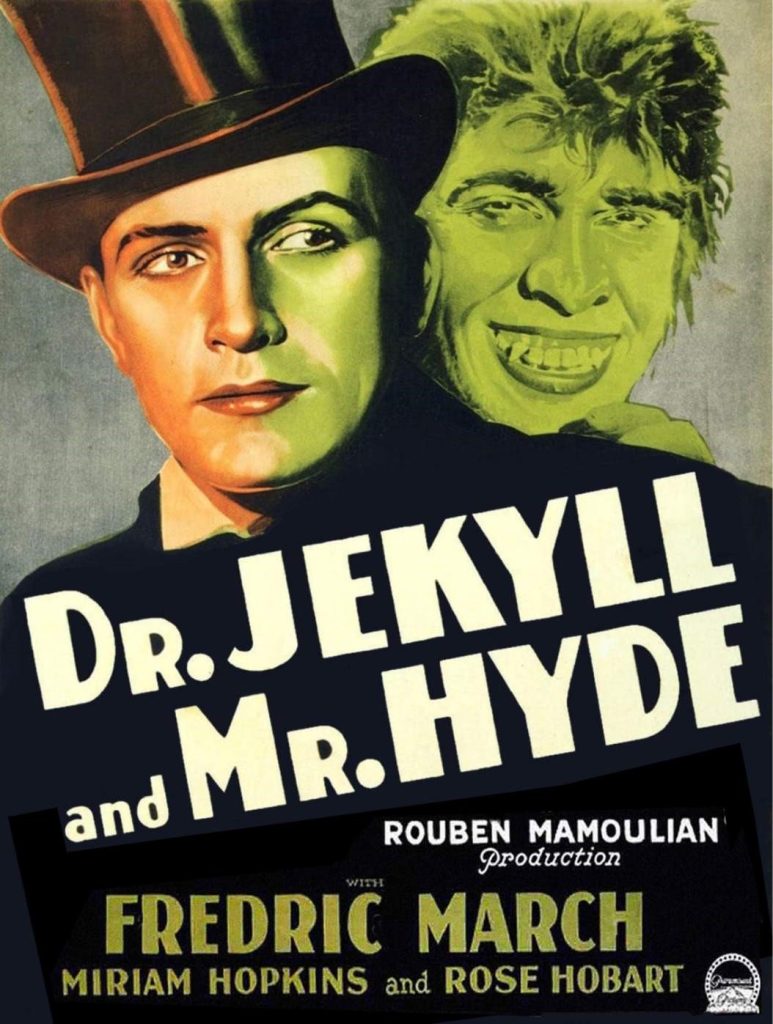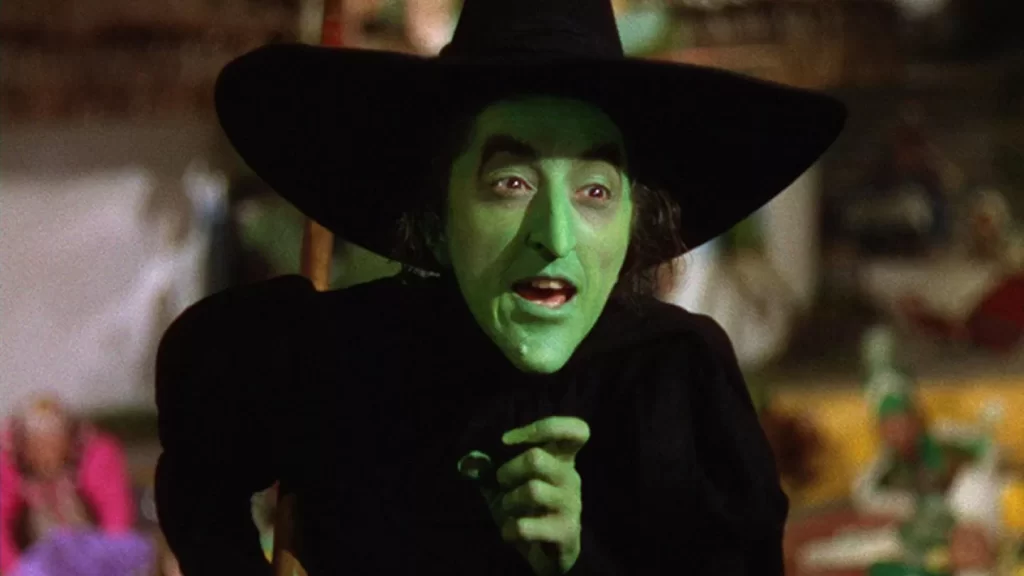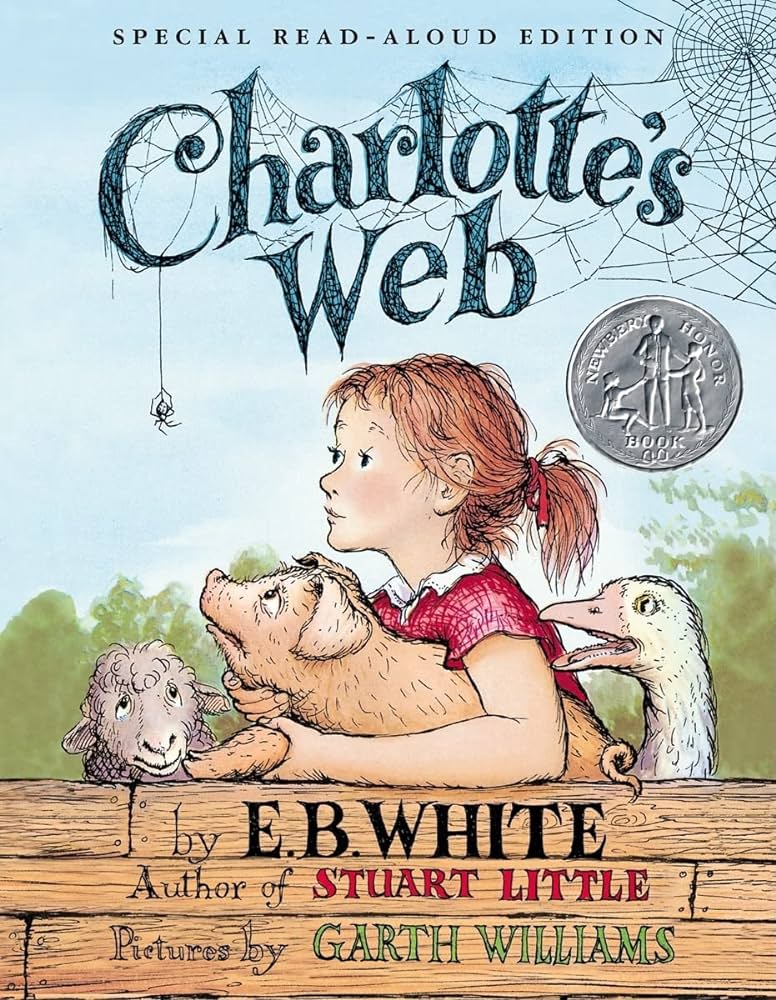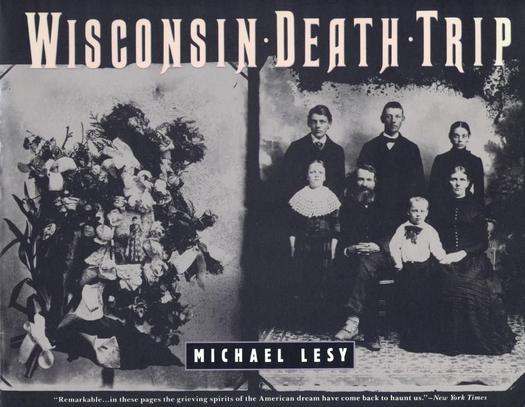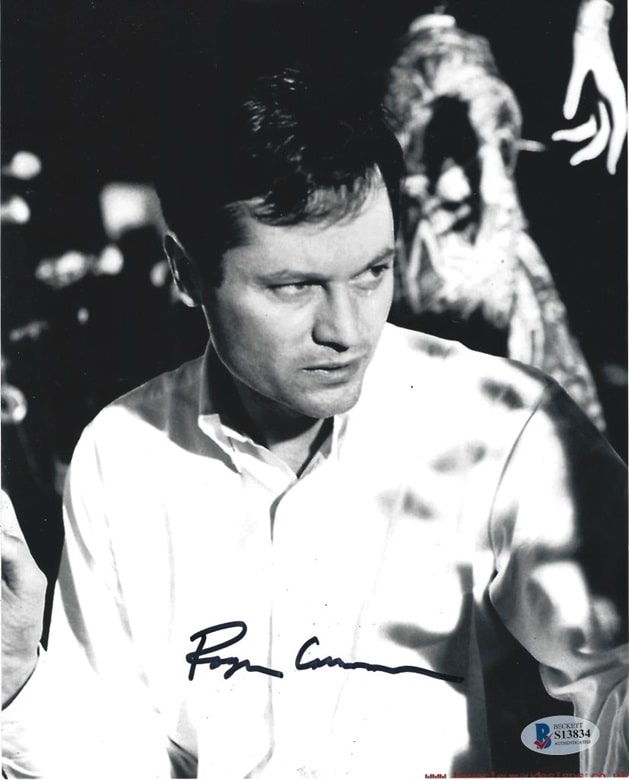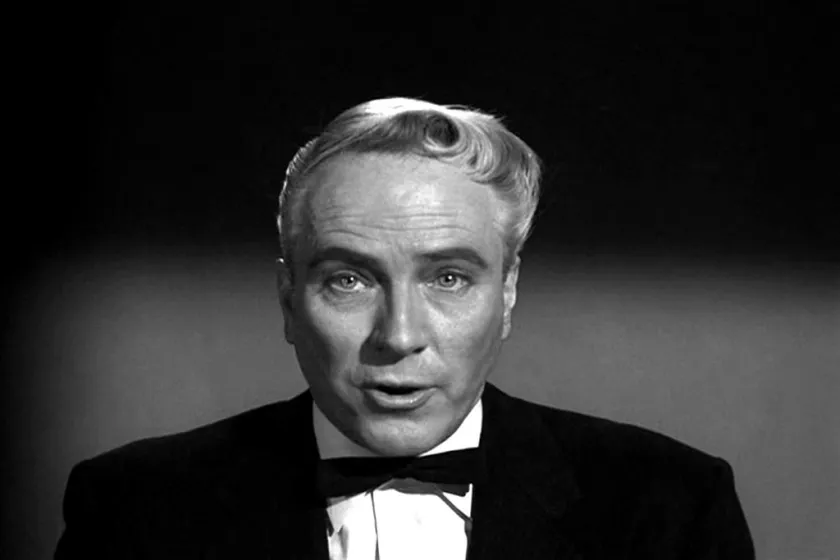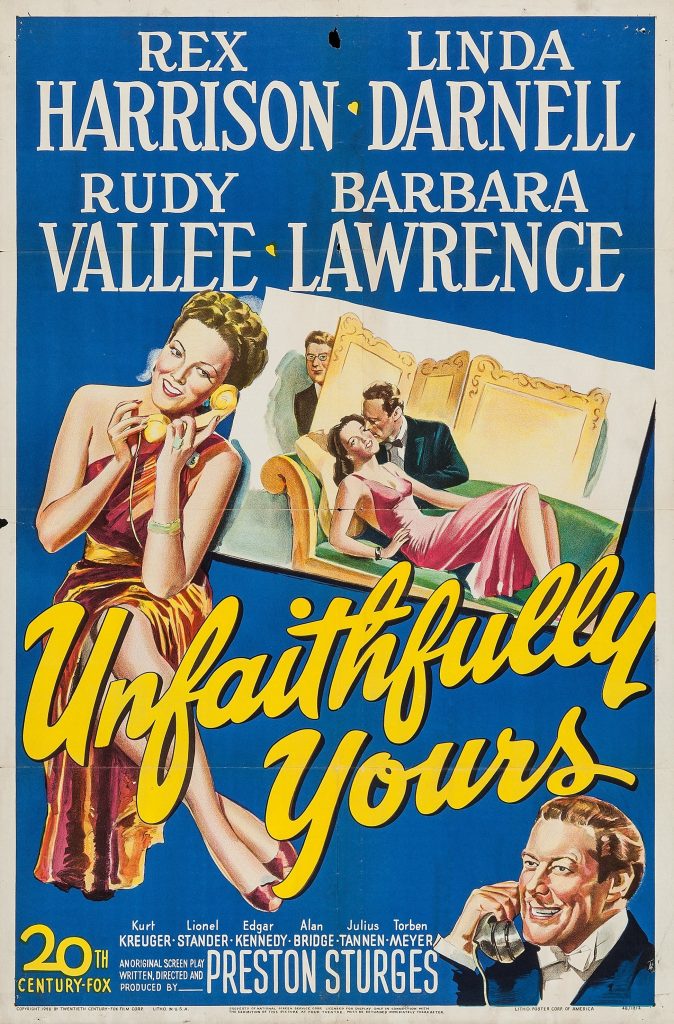A Singular Success: Fat City
I hold people who write novels in awe. Because writing an entire book-length story is something that I could never do in a million years, I even have a measure of admiration and respect for people who write mediocre novels, so you can imagine how I feel about someone who writes a beautiful novel, a brilliant novel, a great novel; you can imagine how I feel about Leonard Gardner.
“Leonard Gardner — who’s that? I’ve never heard of him.” Well, I’m here to tell you that Leonard Gardner should be a household name, because he wrote one of the finest, most moving novels that has appeared during my lifetime; Leonard Gardner wrote Fat City.
Fat City is set in the waning days of 1959, in Stockton, California, and it chronicles the lives of two small-time boxers. Billy Tully is at the end of his career, newly divorced, washed-up and drifting into alcoholism as he moves from one seedy hotel to another, filling his days with melancholy reverie and back-breaking farm jobs. Ernie Munger is just starting out, working at a gas station during the day and fighting in four round prelims at night to support his new wife, whom he married because he’d gotten her pregnant. Billy and Ernie both dream of glory, but there is no big time here, no Fat City of wealth, fame, and success — just limited young men who win or lose for a few dollars and piss blood for weeks afterward. Ernie, still fresh and hopeful, feels “the potent allegiance of fate,” but his arc will inevitably be the same as Billy’s; the time and place and his own lack of internal resources guarantee it.
